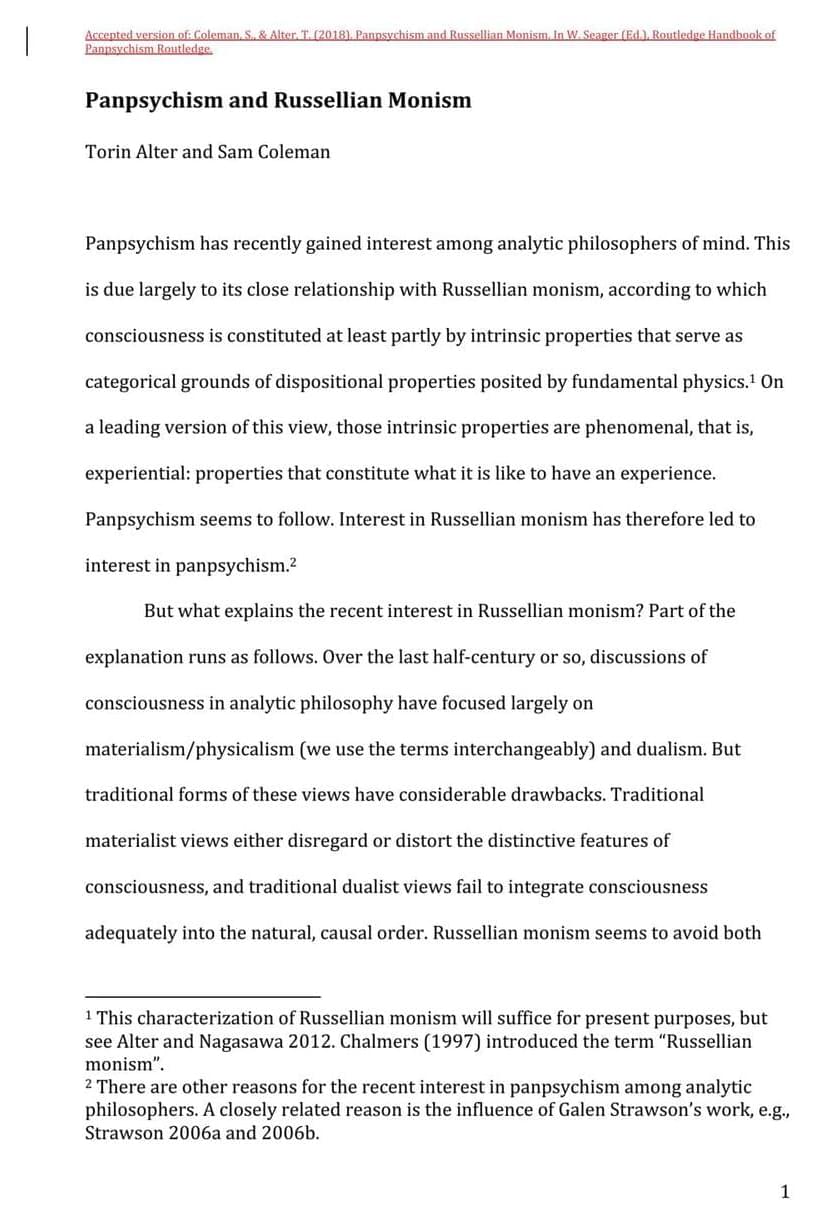With the sales and import bans on hold, Apple has resumed sales of the Series 9 and Ultra 2.
You can once again buy the latest Apple Watches straight from Apple.
For now — the ban could still go back into effect later this month.





Guest lecture by Joscha Bach on the past and future of language models.
Want to stream more content like this… and 1,000’s of courses, documentaries & more?
👉 👉 Start Your Free Trial of Wondrium https://tinyurl.com/jhj7xbxd 👈 👈
It’s said that the clock is always ticking, but there’s a chance that it isn’t. The theory of “presentism” states that the current moment is the only thing that’s real, while “eternalism” is the belief that all existence in time is equally real. Find out if the future is really out there and predictable—just don’t tell us who wins the big game next year.
This video is episode two from the series “Mysteries of Modern Physics: Time”, Presented by Sean Carroll.
Learn more about the physics of time at https://www.wondrium.com/YouTube.
00:00 Science and Philosophy Combine When Studying Time.
2:30 Experiments Prove Continuity of Time.
6:47 Time Is Somewhat Predictable.
8:10 Why We Think of Time Differently.
8:49 Our Perception of Time Leads to Spacetime.
11:54 We Dissect Presentism vs Eternalism.
15:43 Memories and Items From the Past Make it More Real.
17:47 Galileo Discovers Pendulum Speeds Are Identical.
25:00 Thought Experiment: “What if Time Stopped?”
29:07 Time Connects Us With the Outside World.
Welcome to Wondrium on YouTube.
PBS Member Stations rely on viewers like you. To support your local station, go to: http://to.pbs.org/DonateSPACE↓ More info below ↓Is all that exists just w…

Scientific bodies are due to make an official decision in the coming year about whether to declare a new geochronological unit precipitated by the impact of humans on Earth.
By Alex Wilkins
